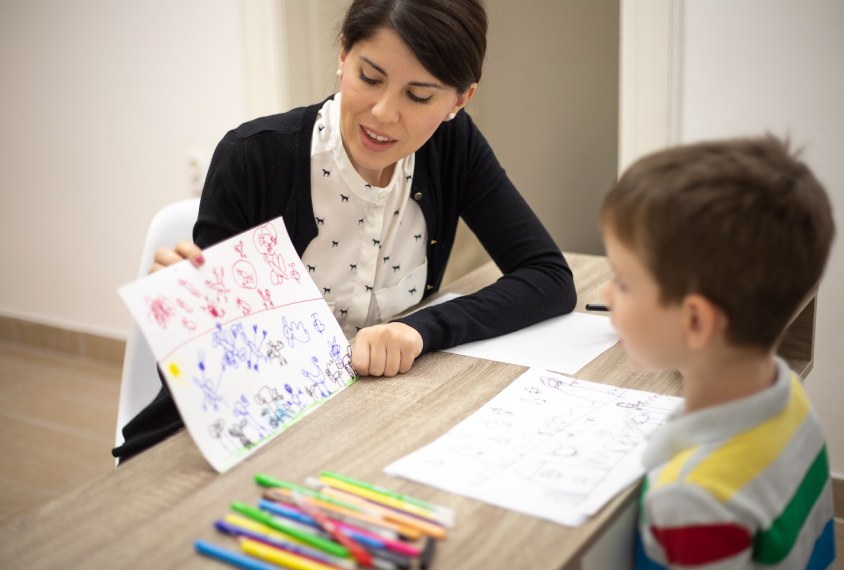Growing numbers of autistic children are diagnosed with the condition before age 3, in the United States, and those diagnoses tend to precede the start of any interventions or developmental services, according to a new study based on parent surveys. Children traversing autism’s ‘diagnostic odyssey’ a decade ago were typically diagnosed years later, and only after they had begun receiving services.
The analysis included data from 2,303 autistic children aged 2 to 17 years from the National Survey of Children’s Health, which asks parents questions about the children in their household. The selected participants, split into three groups based on their age, either had a plan for early intervention or had received special services to meet developmental needs.
The oldest children, aged 12 to 17 at the time of the survey, had been diagnosed at about age 5 and a half years, on average. Their first intervention or developmental service occurred at around age 5.
By contrast, the youngest cohort, aged 2 to 5, had been diagnosed at about age 2 and a half years and started their first intervention or developmental services at roughly the same age.
The results are based on parent responses to a question — “How old was your child when a doctor or other health care provider first said they had autism?” — so the findings likely skew toward younger ages than if the researchers had used clinical diagnoses. Also, the study omitted children who did not already have a diagnosis, which might have pushed the average age older. Still, the findings suggest that the time between getting a diagnosis and accessing services is shrinking.
“Getting kids diagnosed and into services is just a nightmare,” says study investigator Allison Hanley, a postdoctoral fellow in epidemiology at the University of Maryland, College Park.
“There's all this bureaucracy and red tape. If your child is this old, you have to go through this system. If your child is older, or you live in this state, or you have this health insurance, go through that system,” Hanley says. “Health care is complicated in general. But from what I’ve seen, this just seems to be one of the most confusing processes for parents and families to go through.”
Across all three age cohorts, Hispanic children were diagnosed with autism about a year earlier than white children, although other studies have found that Black and Hispanic children are less likely to receive a diagnosis than are white children.
Children with prominent autism traits were diagnosed about 16 months sooner, on average, than those with more subtle traits. And children who saw a psychiatrist were diagnosed 21 months later, on average, than those diagnosed by another specialist. The results were published in Child and Adolescent Psychiatry and Mental Health in October.
“The huge takeaway from this study is that, if we really want to know why these things are taking so long, we need more information,” Hanley says, pointing to possible biases emanating from the study’s survey questions. “The hope is that we can learn things that will make the process less arduous for parents.”






